By Amber Kinloch
Photos by Thérèse Pepla
This month, we’ve been examining the importance of artwork, its purpose, and its impact on us. Churches, of course, are among the most noteworthy examples of artwork. They are built to serve as a fitting dwelling place for God. Likewise, their beauty can (and should) instruct us and guide our minds and hearts towards God.
As a practical example of this, let’s go on a short virtual tour of St. Raymond of Peñafort in the Diocese of Arlington, VA. This is a relatively new church (~2006) constructed in a traditional style. It is an ideal example of Catholic architecture for us to explore and draw reflections from.
(Note: You can pop open the pictures and zoom in for a closer look at the details.)
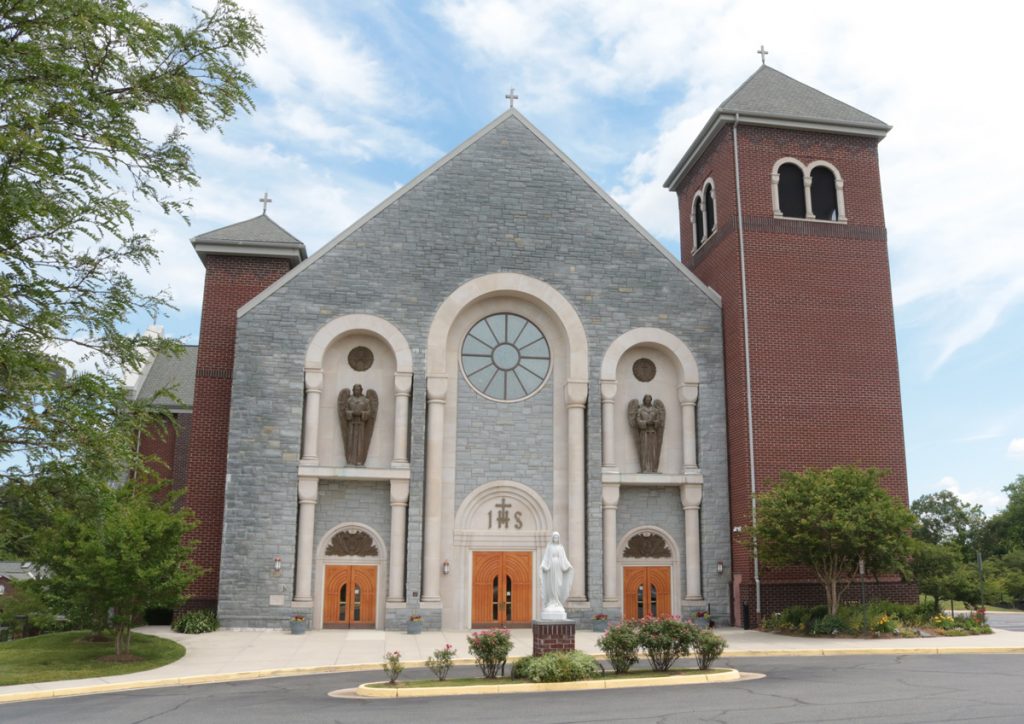
Walking up to St. Raymond, we’re struck by its towering presence, accentuated by its peaked roof and two towers stretching upward towards Heaven. The bell tower (the larger tower) is especially important. Back before clocks, the bells called to the people when it was time for Mass and reminded them to pause and pray the Angelus. Of course, the bells themselves can remind us of Heaven with just their sweet ringing.
On the way towards the main doors is a statue of Our Lady of Grace. Her outstretched hands both welcome you and remind you of the many graces God showers upon us through her.
Two majestic statues of St. Michael and St. Gabriel stand guard above the church doors. Their solemn presence is a good reminder that you and I are entering God’s House and that it is to be respected. The statues also call to mind that we are far from the only ones present in church. There are multitudes of Angels present there, adoring God. They take note of us and our behavior, whether we are attentive and respectful or not. Now there’s an encouragement to behave ourselves!
Inside the church awaits a gloriously beautiful sanctuary area with the Tabernacle—Jesus’s Throne—front and center, just as it should be. We shouldn’t have to hunt for Jesus in our churches!
As we bend our knee in reverent adoration, our eyes are drawn upwards towards Heaven by the vertical orientation of things (e.g. the tall candlesticks, the canopy over the Tabernacle, the rounded arches on the screen). Overhead, our gaze fixates on the crucifix.
A crucifix, like the Tabernacle and the Stations of the Cross, is required to be displayed in Catholic churches. It is an essential reminder of so many things: God’s love for us, the price He’s paid for our sins, our call to follow Him to Cavalry…. We can always draw spiritual fruit from gazing at a crucifix.
Another important detail is the use of precious materials like gold and marble. When King Solomon constructed the first Temple in the Old Testament, he used only the best of materials, including a lavish quantity of gold (see 1 Kings 6:21-22). In Revelations 21, the new Jerusalem is described as being constructed of pure gold and precious stones. Likewise, Jesus praises a woman who anoints Him with costly perfumed oil. To those who call her gift a waste, saying the oil could’ve been sold and the money given to the poor, He replies: “Why do you make trouble for the woman? She has done a good thing for me. The poor you will always have with you; but you will not always have me” (Matt 26:6-13). God, Who deigns to physically dwell among us on earth, must always come first.
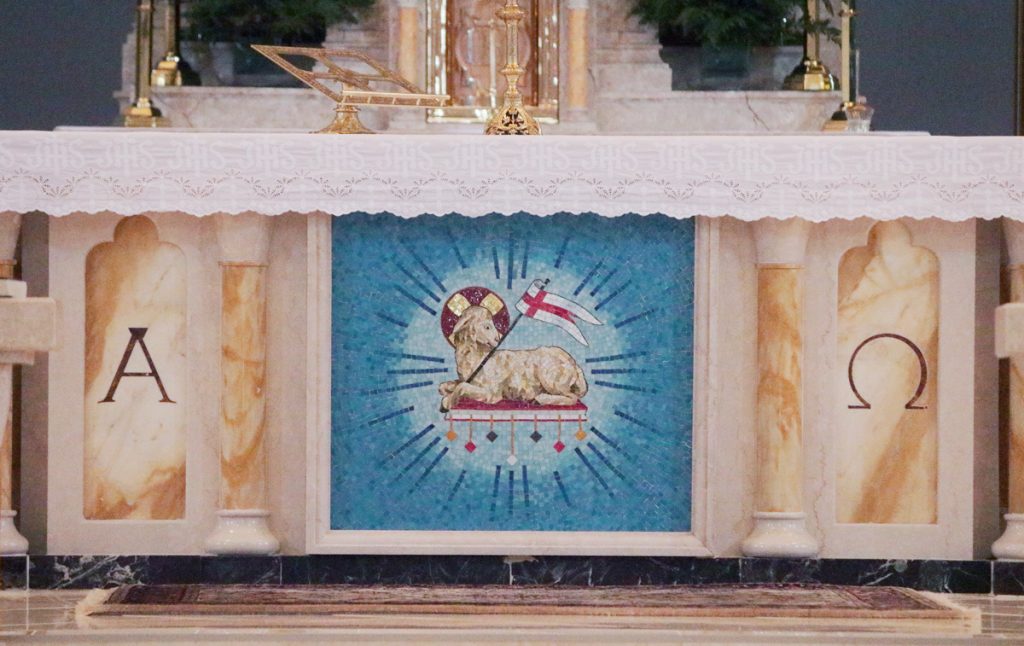
The altar has subtle but significant reminders of God’s greatness and the purpose of our existence. On either side, it is adorned with the first and last letters of the Greek alphabet. This is a reference to the Bible where God asserts, “I am the Alpha and the Omega, the first and the last, the beginning and the end” (Rev 22:13). Between the letters is an image of the Lamb of God atop a book with seven ribbons trailing down from it. This again calls to mind Revelations 5 where Jesus is depicted as the Lamb of God Who receives a scroll with Seven Seals that only He is found worthy to open.
What does this mean for us? Here’s one meditation: The Alpha and the Omega remind us that as we have our beginning in God, so we should also have our end in Him. In between, we strive to keep ourselves oriented towards God, the Lamb Who sacrifices Himself for us and who alone is worthy of adoration. This is true whether we think in grand terms of our birth and death, or just of the passing of a single day.
There are also a couple of lovely paintings depicting scenes from the life of St. Raymond. The first painting is a reference to his role in helping found the Order of the Blessed Virgin Mary of Mercy (aka the Mercedarians). Mary, under the image of Our Lady of Ransom, appeared in separate visions to St. Raymond and St. Peter Nolasco in the early 1200’s, asking them to found a religious order dedicated to freeing Christian captives from the Muslims. Raymond was Peter’s confessor and encouraged him to go ahead with this work. This image is a good reminder to go to Mary. She will help us break the chains of sin that bind us if only we ask her.
The second image is of a famous miracle in the life of St. Raymond. He was stuck on the island of Majorca, where King James I of Aragon (Raymond’s penitent) also was present along with his mistress. St. Raymond did not approve. He asked King James multiple times to dismiss his mistress. This failing, Raymond announced his departure.
King James forbade Raymond to leave and laid out a threat of punishment for anyone who helped him. Uncowed, St. Raymond went down to the sea and took off his cappa (his long black Dominican cloak). He tied one end to his staff and spread the other out on the water. Stepping aboard this miniature rig, he sped off across the sea, sailing away 160 miles to Barcelona. After this miracle, King James repented and henceforth led a good life.
Personally, I love this painting because it captures that breathtaking sense of adventure you sometimes feel when God’s grace is coursing through your soul and He seems to be taking you sailing along the seas of grace. It’s also a good call to imitate St. Raymond and not despair in the midst of difficulties. God will always grant you the grace you need, even if it demands a miracle.
Lastly, we have some stained glass windows. Many were saved from old churches that were closed down and razed. It is a sad history, and yet how lucky we are to possess such beautiful artwork in an age where it can be hard to come by pieces like this. We are tangibly linked to past generations of Catholics as we gaze upon the same windows they did.
The Catholic Church has long used stained glass windows. The windows, their jeweled panels illuminated by warm sunlight, are another reminder of the New Jerusalem (Heaven) and its city walls decorated with countless precious stones (Rev 21:19-20). Light itself is a representation of the glory of God, of truth, and of life (Rev 21:23; Jn 1:9, Jn 8:12). Indeed, it’s fitting that light should have such significance. It is the first thing God creates (Gen 1:3-5).
For people of ages past, these windows served as a teaching tool, so that they could learn about Sacred Scripture and the lives of the saints. For everyone of any time period, the beauty and symbolism of sacred art can engage the imagination and help us pray.
What about you? Have any details about church architecture ever leapt out to you? If you could visit any famous Catholic church, which one would it be? Why? Let us know in the comments!

Amber Kinloch
Amber writes from the bunker of her living room. There she hunkers down with her laptop and a blanket while keeping an eye and ear tuned in to the activity of family life. Music set on loop keeps her energy flowing as she muses on the deeper happenings of ordinary life and what food to restock the fridge with.

Thérèse Pepla
Thérèse has loved photos and cameras ever since she was a kid. Her favorite thing to photograph is her family on vacations and at special events, where she can capture the joy, the beauty, and the random funny expressions that make life interesting.

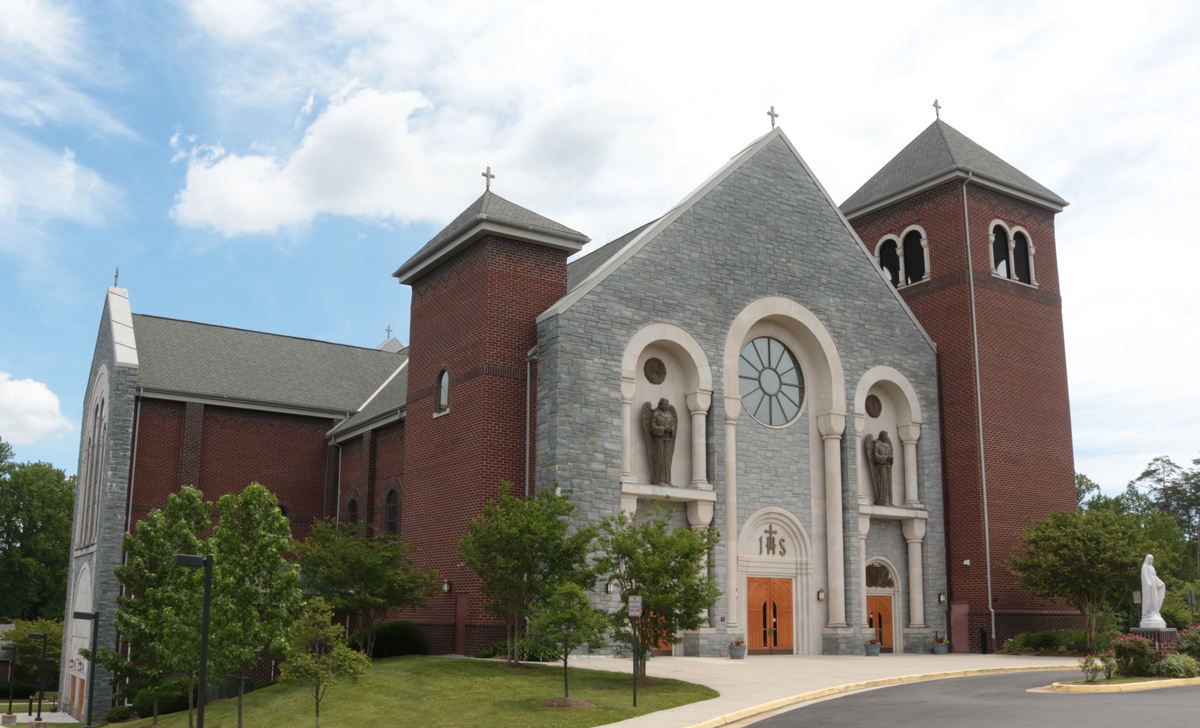
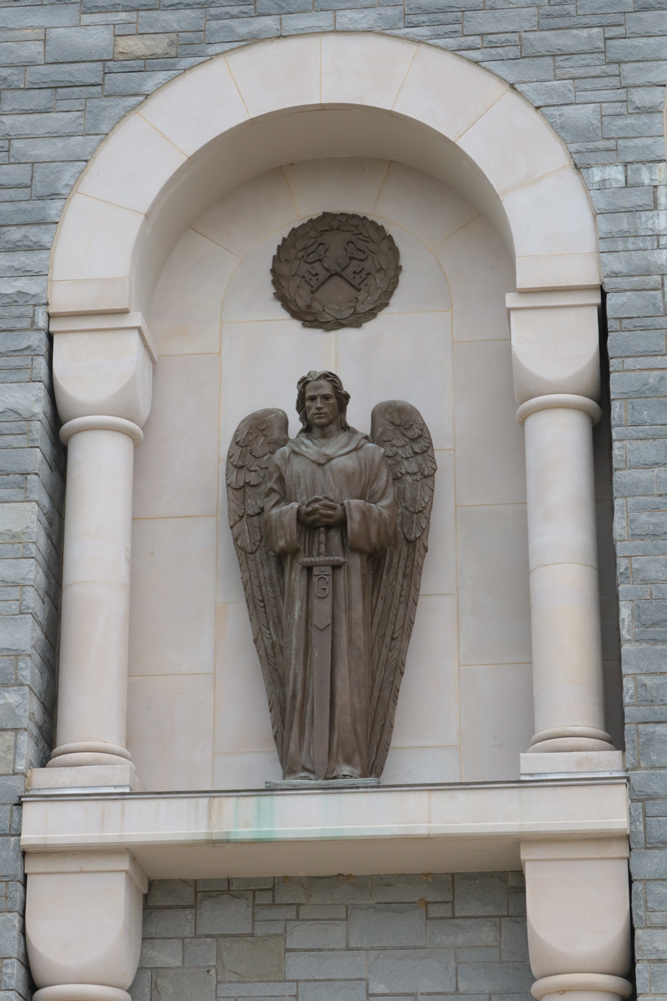
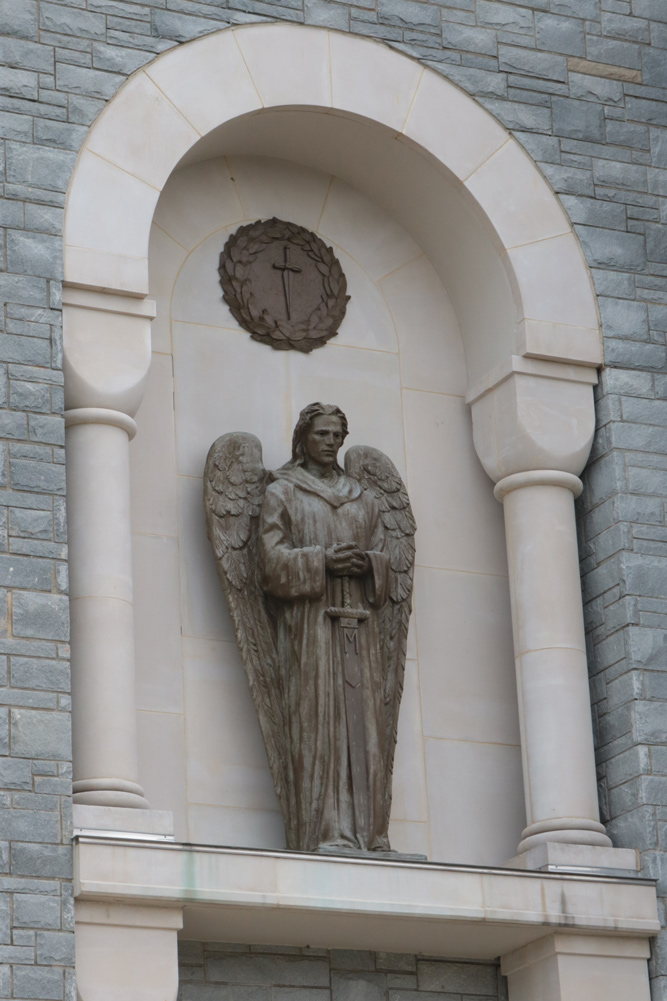
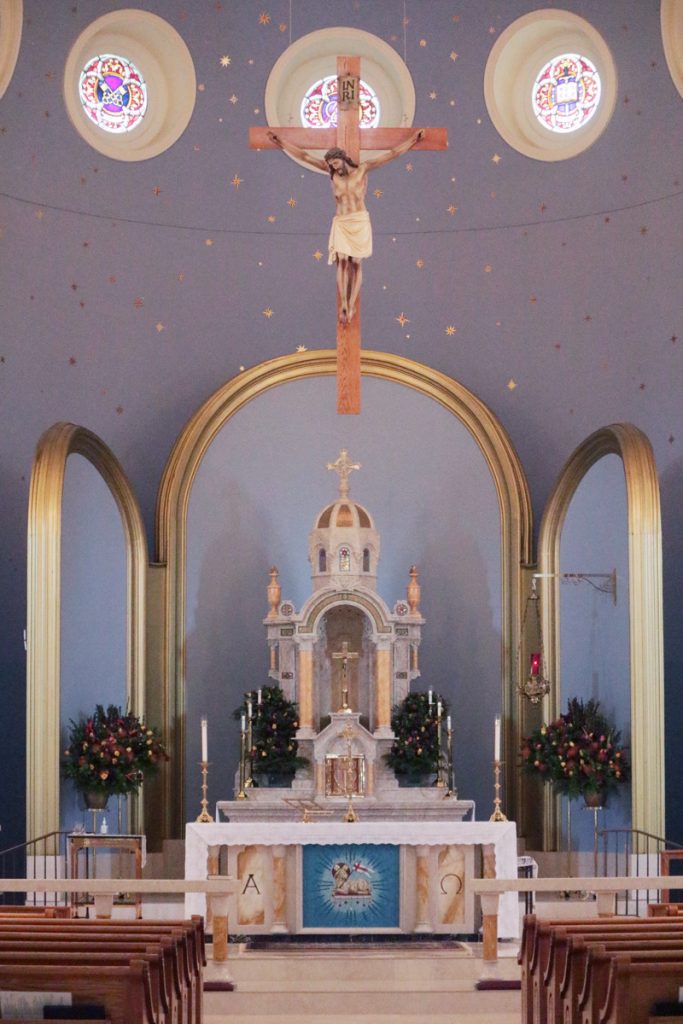
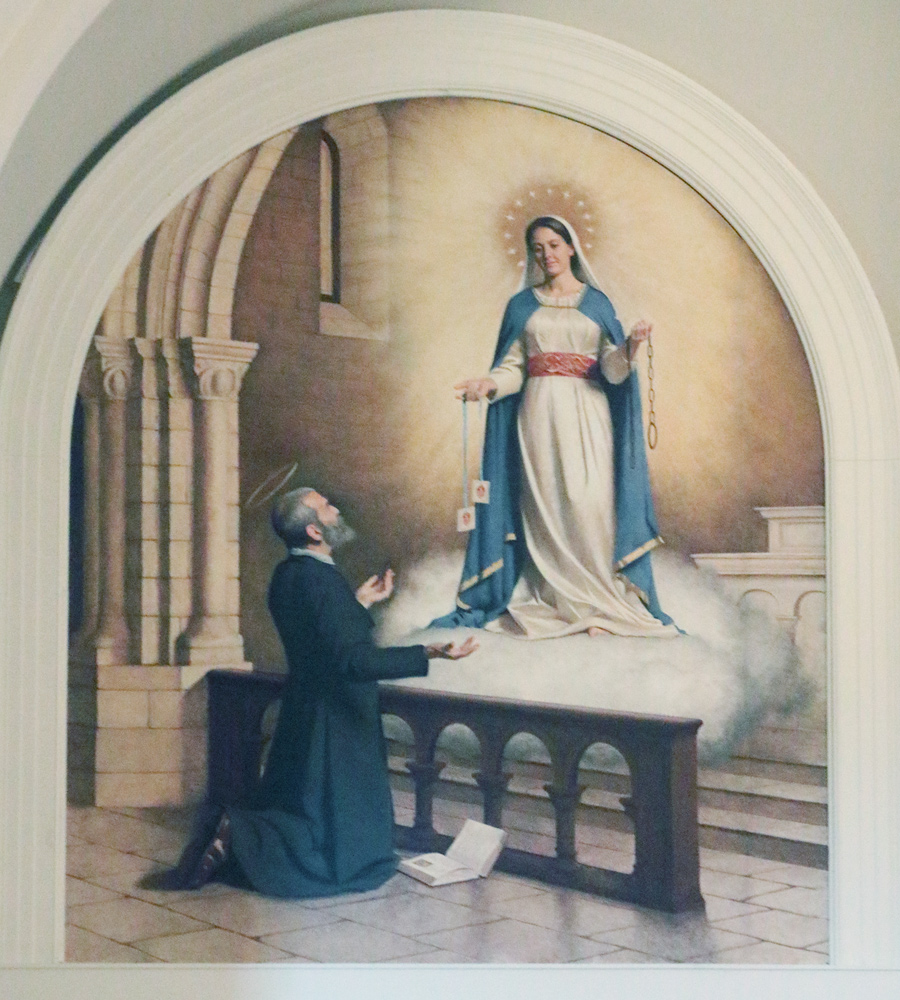

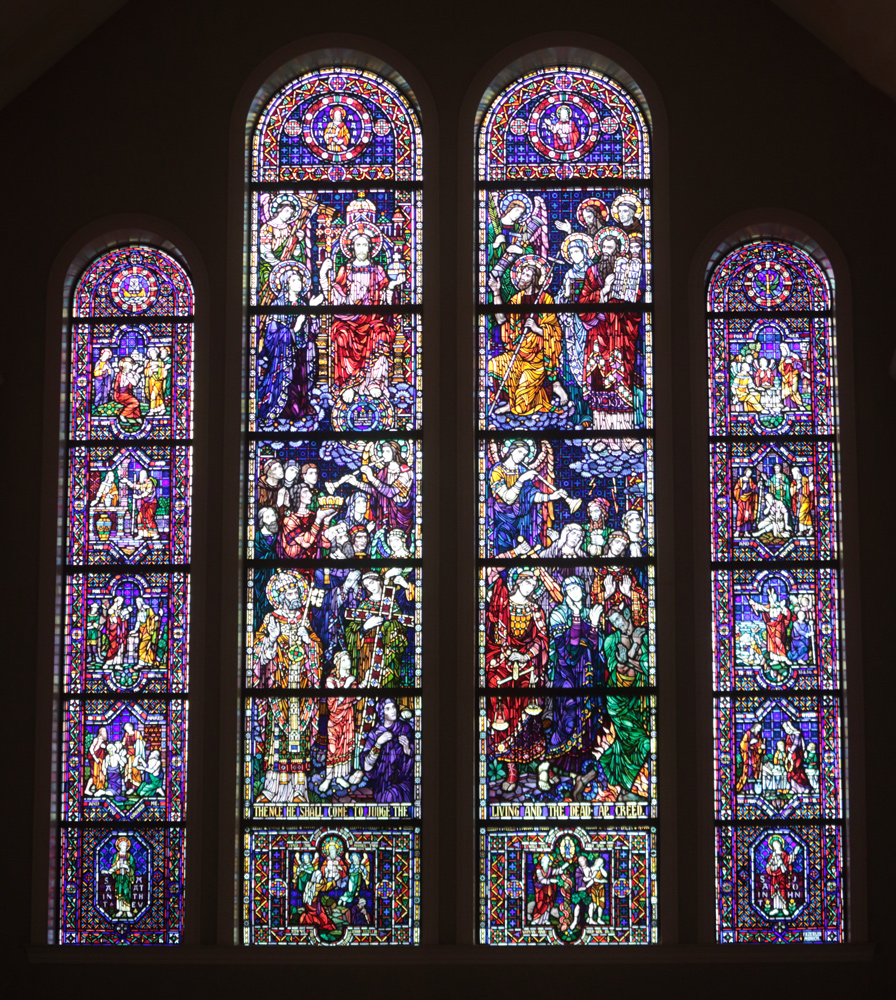
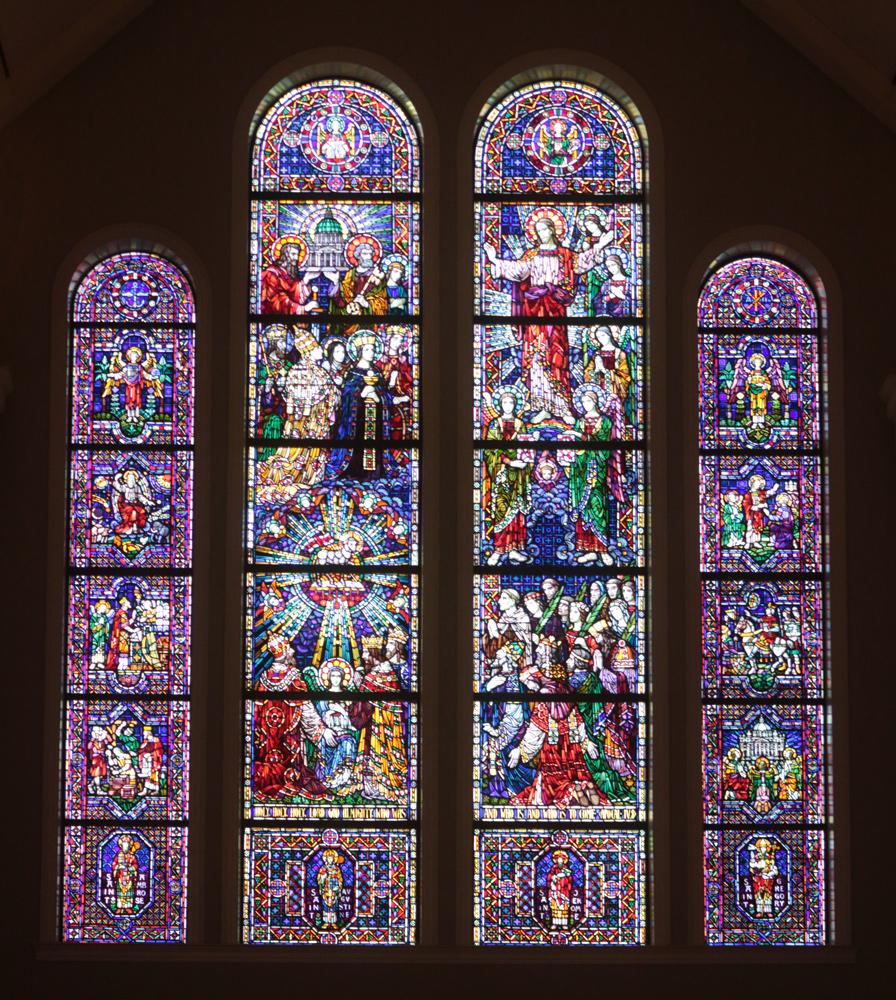



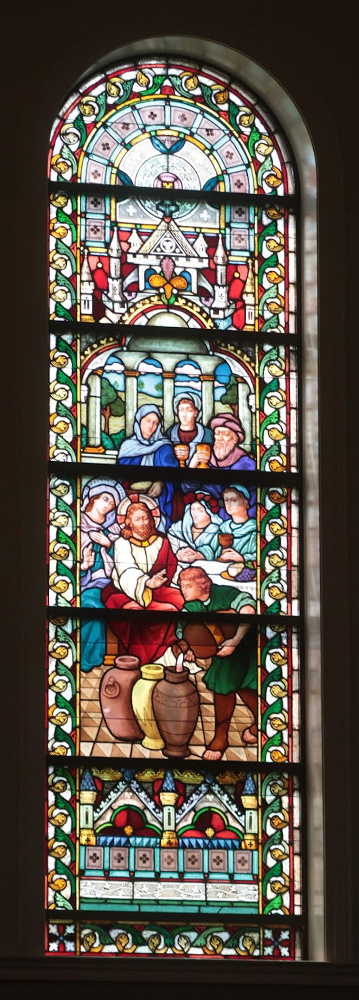
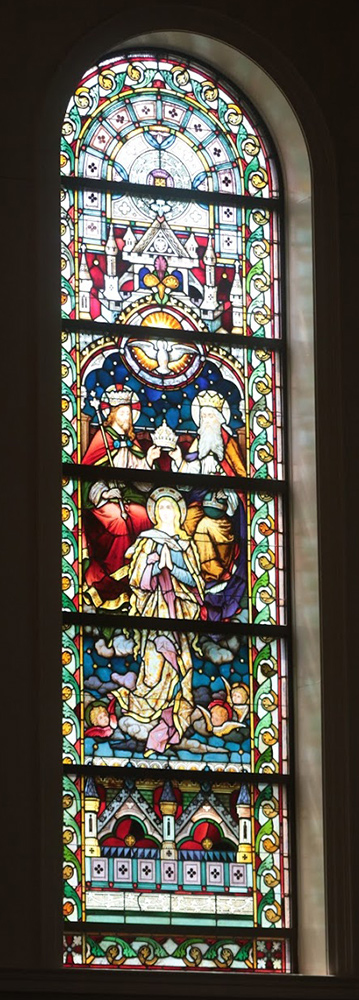

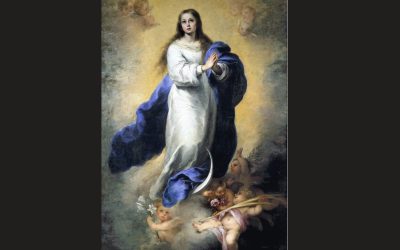
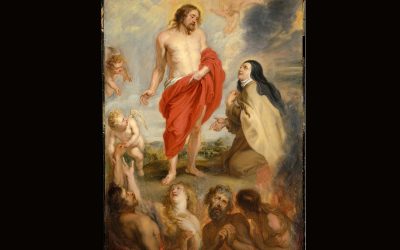

My family and I have parishioners here at St. Raymond since the beginning. Not only is it a beautiful Church, but the pastor and supporting priests are wonderful, faithful, and sacrificial. We are blessed to be here. Come visit us sometime!